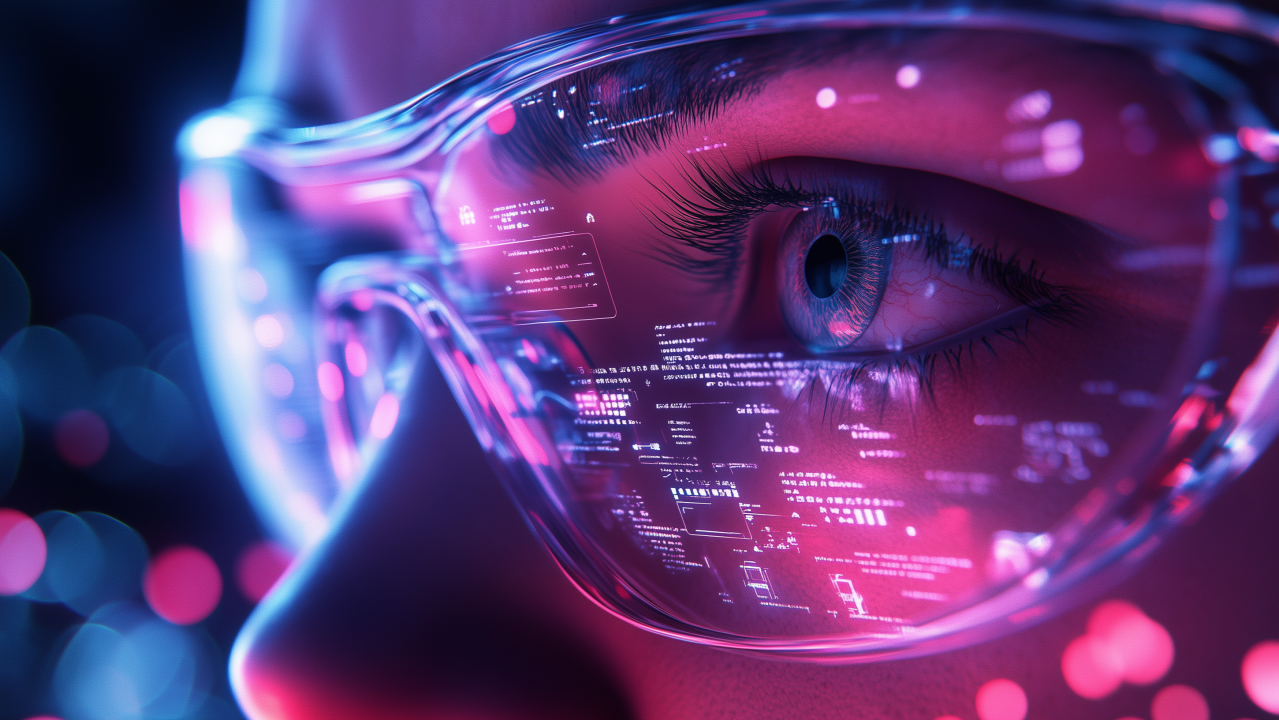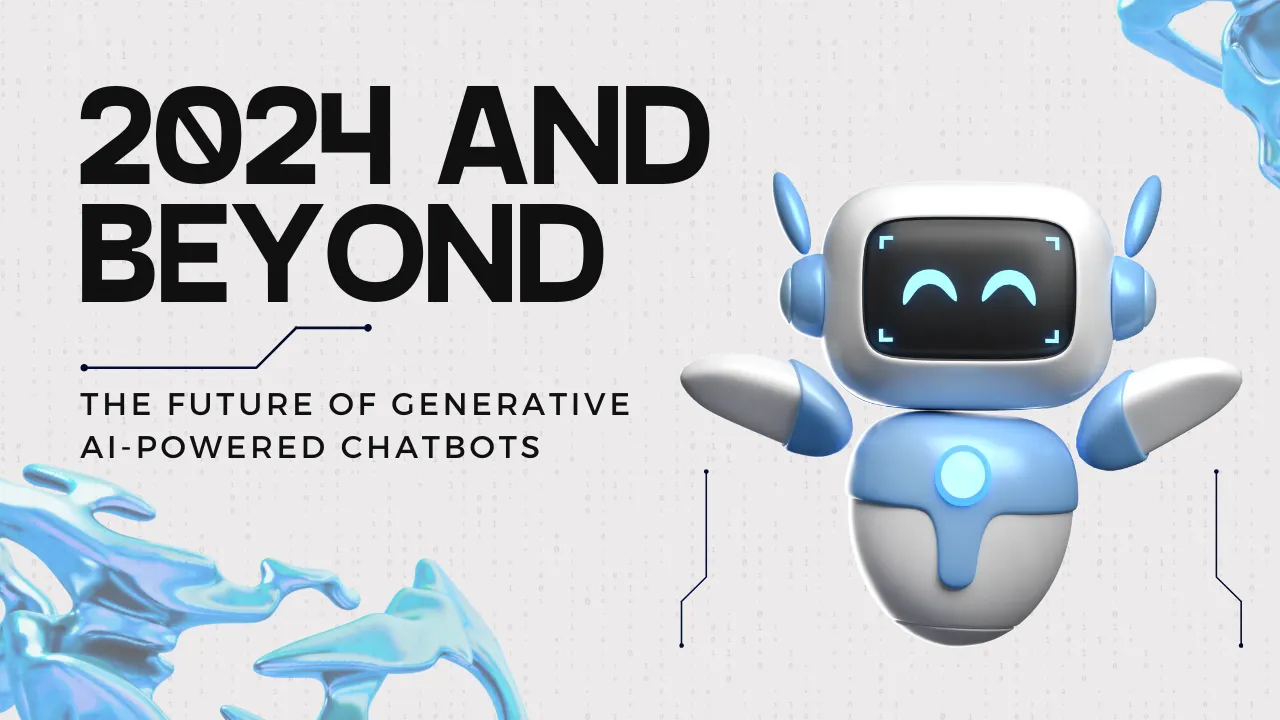
Beyond Chatbots: The Future of AI-Driven Search
Improving Search Beyond Chatbots
As AI technology evolves, the limitations of traditional chatbots are becoming more apparent. Here are some key areas where search capabilities are being improved beyond the chatbot paradigm:
1. Autonomy: From Passive Assistants to Active Agents
Current chatbots often require constant user interaction to perform tasks. The future lies in AI agents that can autonomously execute tasks and report back upon completion. This shift allows for more efficient delegation and resource utilization, similar to effective human teamwork.
2. Context: Enhancing AI Understanding
One of the main limitations of current chatbot systems is their limited context. Emerging solutions like Microsoft’s Recall and ScreenPipe are addressing this by automatically gathering context from screens and conversations, providing richer and more relevant responses.
3. Refinement: Building Living Knowledge Bases
Instead of ad hoc searches, future AI systems will maintain continuously updated and checked knowledge bases. This approach, known as Generation Augmented Refinement (GAR), ensures that the information provided is always relevant and up-to-date.
4. Proactivity: Addressing Unknown Unknowns
Future AI systems will be proactive, reaching out to users with relevant information even before they realize they need it. This proactive approach helps address "unknown unknowns" and can significantly enhance decision-making processes.
5. Real-Time Intelligence: Enhancing Decision-Making
Advancements in AI hardware and software are enabling real-time decision assistance. This capability is particularly valuable in tactical settings like negotiations and public speaking, where quick, informed decisions are crucial.
6. Connection: Bridging AI and Human Networks
Future AI systems will not only connect with other AI systems but also with humans, facilitating smoother information exchange and task delegation. This integration will make AI a more integral part of human networks.
7. Real-World Presence: AI Beyond the Digital Realm
AI is increasingly making its presence felt in the physical world through humanoid robotics and other embodied forms. This trend will continue, making AI a more tangible and interactive presence in our daily lives.
By focusing on these areas, the future of search and AI interaction promises to be more autonomous, context-aware, proactive, and integrated, leading to more natural and efficient collaborations between humans and artificial intelligence.

